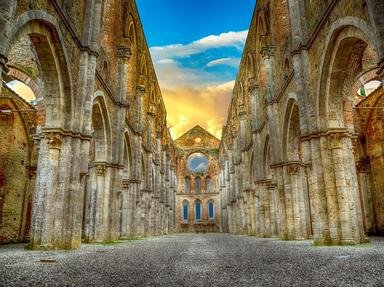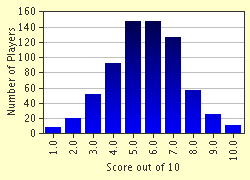Quiz Answer Key and Fun Facts
1. Which of these statements tells what a 'wake' meant in medieval times?
2. The majority of knights were penniless, and owned only their horse and armor.
3. What exactly was a 'solar'?
4. High-born ladies had the same legal rights as their husbands in medieval times.
5. What exactly was a 'cottar'?
6. Which of these crops was not grown in medieval Europe?
7. A marriage between two consenting adults, where the vows were heard by a priest, could not be annulled.
8. The seasons of a medieval year were marked by feast days consecrated by the Church. Which season was from Lammas to Michaelmas?
9. Which best describes what a 'trencher' was?
10. An undergarment worn by a lady beneath her tunic was called a 'chemise'.
Source: Author
LindaC007
This quiz was reviewed by FunTrivia editor
bloomsby before going online.
Any errors found in FunTrivia content are routinely corrected through our feedback system.


